Published in the Sunday Indian Express Magazine - Eye on 13 July 2025
It’s not one cuisine. It’s five. Or maybe more.
A couple of days ago, I had lunch with the team from Sri Lankan Airlines at one of my favourite seafood spots, Gajalee in Vile Parle, Mumbai. As always, the conversation drifted to food. And when I asked the airline’s Western India Manager, Suman, what his favourite Sri Lankan dish was, he paused and smiled: ‘Neil, when you say Sri Lankan cuisine, which one do you mean?’ That line stuck with me.
Just like India, as Suman went on to explain, Sri Lanka isn’t defined by one cuisine; it’s a whole spectrum. What you eat in Jaffna is miles apart from what’s served in Colombo, Galle, or the tea estates of Kandy. There’s seafood spiced with stories of survival, rice and curry rituals rooted in heritage, biryanis passed down through families, and Dutch-inspired dishes wrapped in banana leaves.
That lunch, therefore, wasn’t just a meal. It became the core point for this week’s piece. So today, I want to walk you through the many faces of Sri Lankan cuisine. Because the next time someone says ‘Sri Lankan food,’ you might just ask: which one?
Jaffna’s Tamil Cuisine
Tucked in the northern tip of Sri Lanka, Jaffna has weathered war, isolation, and scarcity. And yet, its cuisine remains one of the most flavourful and distinctive on the island. If Sri Lanka’s culinary map had a flame icon, Jaffna would burn the brightest.
What sets Jaffna Tamil cuisine apart is its boldness. Think deeply about roasted spices, red-hot masalas, and tangy broths that wake up every corner of your palate. Unlike the milder, coconut-milk- rich curries of the south, Jaffna dishes are fiery, dry-roasted, and unapologetically intense.
This style of cooking is deeply rooted in Tamil culture, with strong influences from South Indian Chettinad kitchens. Techniques like sun-drying, dry-roasting, and slow simmering evolved not just out of taste preferences, but necessity. In times of conflict and blockade, ingredients were precious. Cooks learned to coax maximum flavour from the bare minimum.
The result? Dishes like the legendary Jaffna crab curry. Made with sweet mud crabs from the local lagoons, it’s cooked whole so the spicy masala seeps into every crevice. The base is a dark, aromatic blend of roasted curry powders, black pepper, and palmyra vinegar. It’s a dish that demands to be eaten with your hands, preferably with string hoppers or red rice wrapped in palmyra leaves.
Then there’s Odiyal Kool, a thick seafood porridge made with crab, cuttlefish, dried fish, tamarind, and palmyra root flour. It’s a dish born in wartime, when families gathered to make one nourishing pot for all, and today it remains a ritual food, cooked for special occasions.
And beyond the crab, you will find dried fish sambols, cuttlefish stir-fries, and prawn curries that carry the same intensity and heart.
Sinhalese Buddhist Cuisine
Rooted in the lush hills of Kandy, the paddy fields of Polonnaruwa, and coastal towns like Galle and Matara, this cuisine mirrors the Buddhist way of life: balanced, mindful, and deeply connected to nature.
Historically, the Sinhalese people were agriculturists, and their diet evolved from what was grown in their backyards: rice, lentils, vegetables, jackfruit, coconut, and a bounty of herbs and greens. Buddhism’s influence meant that many dishes leaned vegetarian, though not exclusively. Even when meat or fish was used, it was done with restraint, as an accent, not the star.
One of the cornerstones of this cuisine is the humble rice and curry plate. Expect a tempered dhal curry, a coconut sambol ground fresh on a stone, a mallung of finely shredded greens, a jackfruit curry simmered in spices, and perhaps a sour ambarella curry for contrast. All of it lovingly served over steaming rice, ideally red or samba rice grown in the region.
Coconut plays a big role, grated, milked, dried, or roasted. And spices here (turmeric, pandan, curry leaves, cinnamon, and cloves) are used for harmony, not heat. Finally, one can’t talk about Sinhalese cuisine without mentioning lamprais, a parcel of rice, meat curry, and accompaniments like brinjal moju and frikkadels, all wrapped in a banana leaf and steamed. Though not purely Buddhist in origin, its evolution is a perfect example of how Sinhalese cuisine has absorbed and adapted over time.
Muslim Sri Lankan Cuisine
Sri Lankan Muslim cuisine is a celebration of layered spices, slow-cooked meats, rice dishes that steal the show, and a deep heritage shaped by centuries of trade, migration, and hospitality.
Historically, Sri Lanka’s Muslim communities trace their roots to Arab traders who settled along the coasts as early as the 7th century. Over time, they intermarried with locals and created a rich cultural identity, and their food reflects this fusion. Influences from the Middle East, South India, Malaysia, and even Moorish Iberia all find echoes in the Muslim kitchens of Sri Lanka.
At the centre of this cuisine is the beloved Sri Lankan biryani, often cooked with short-grain samba rice instead of basmati. Then there’s Wattalapam, a sweet custard dessert made from jaggery, coconut milk, eggs, and nutmeg, believed to have roots in Malay culture and now an integral part of Sri Lankan Muslim festive tables. Other iconic dishes include: mutton curry, Paratha and meat fry, and Pittu with spicy meat gravy, a breakfast favourite.
Burgher and Colonial-Era Cuisine
If there’s a part of Sri Lankan cuisine that captures the intersection of East and West, it’s the food of the Burgher community, descendants of Portuguese, Dutch, and British colonists who made the island their home centuries ago. What emerged from this blending wasn’t just a new community, but a culinary tradition that’s as nostalgic as it is distinctive.
The Portuguese arrived in the 16th century, bringing with them ingredients like chillies, vinegar, and a love for sweet-meets-savoury flavour profiles. Later, the Dutch left a deep imprint, not just with their architecture and customs, but through dishes that would evolve into local staples. The British, too, influenced food habits, especially in the hill country, with tea culture, puddings, and bread.
Classic dishes include: Breudher:
A Dutch-style Christmas cake made with fermented dough, nutmeg, and raisins and served with cheese or butter. Love Cake: Made with semolina, cashew nuts, pumpkin preserve, and spices like cinnamon and cardamom. Ginger Beer and Roast Chicken: Remnants of the British legacy, especially seen in tea-time culture and Sunday lunches.
Kandyan Kingdom and Monastic Traditions
Tucked into the misty hills of Sri Lanka’s Central Province lies the ancient city of Kandy, once the seat of the last independent Sinhalese kingdom. The food of the Kandyan highlands is predominantly vegetarian, guided by the rhythms of the forest and the values of Theravāda Buddhism.
In monasteries and village homes alike, meals are prepared with ingredients that are seasonal, sattvic, and nourishing. This means no meat, no garlic, no onion, and absolutely no waste. Historically, this style of food evolved around temple rituals and almsgiving. Monks would rely on dana (donations) from laypeople, and so the food they consumed, and in turn influenced, was wholesome and modest.
Staples included: Red rice, Jackfruit and breadfruit curries, Gotukola sambol (a finely shredded herbal salad with lime and coconut), and Dal with minimal spices. – prepared with temperance and care, reflecting a balance of taste and nutrition. During Perahera season or temple festivals, you’ll also find kiribath (milk rice), sweet banana fritters, and mung kiribath (green gram milk rice) served on lotus leaves, a nod to both nourishment and ritual.
Coastal Fusion and Colombo Street Food
Colombo’s street food is where you see centuries of migration, trade, and urban life served up on a banana leaf or in a paper cone. And while restaurants may elevate Sri Lankan cuisine to fine-dining levels, it’s on the streets that you find its soul, unfiltered and unforgettable.
Take the iconic kottu roti, for example. Brought into the spotlight in Mumbai by Chef Lakshit Shetty at his Bandra eatery, Hoppumm. Born in the Tamil eateries of Colombo, it’s now a national favourite. No two kottus taste the same, and everyone has a favourite corner shop that claims to make the best.
Then there’s isso wade: deep-fried lentil fritters topped with spicy prawns, sold from carts along Galle Face. Naan and curry rolls, string hopper kottu, egg hoppers with sambol, and crispy parippu vade all tell stories of homes, streets, and generations of improvisation.
What makes Colombo’s food scene so special is its inclusivity. And as the city modernises, so does the way its food is experienced. Trendy cafés reinterpret old dishes with global twists. Think jackfruit tacos with pol sambol, crab kottu sliders, or hoppers with avocado and poached egg.
One Island, Many Tables
What makes Sri Lankan cuisine truly remarkable isn’t just the bold flavours or the centuries-old techniques; it’s the sheer diversity that coexists within such a small island. In just a few hours’ drive, you can move from a Tamil kitchen simmering a fiery crab curry to a Sinhalese household preparing a delicate jackfruit curry with coconut milk.
Each community, whether shaped by religion, geography, trade, or migration, has contributed something essential to the island’s culinary identity. But it’s not a competition of tastes. Rather, it’s a mosaic, where each tile adds depth and dimension.
And that’s the real beauty: you don’t need to travel far within Sri Lanka to experience the world. You just need to sit at different tables.
So let me end with this then! In a world that often wants simple definitions, Sri Lankan food refuses to be boxed in. It’s rich, humble, celebratory, and rooted all at once. And that’s exactly what makes it worth exploring. See you next week!










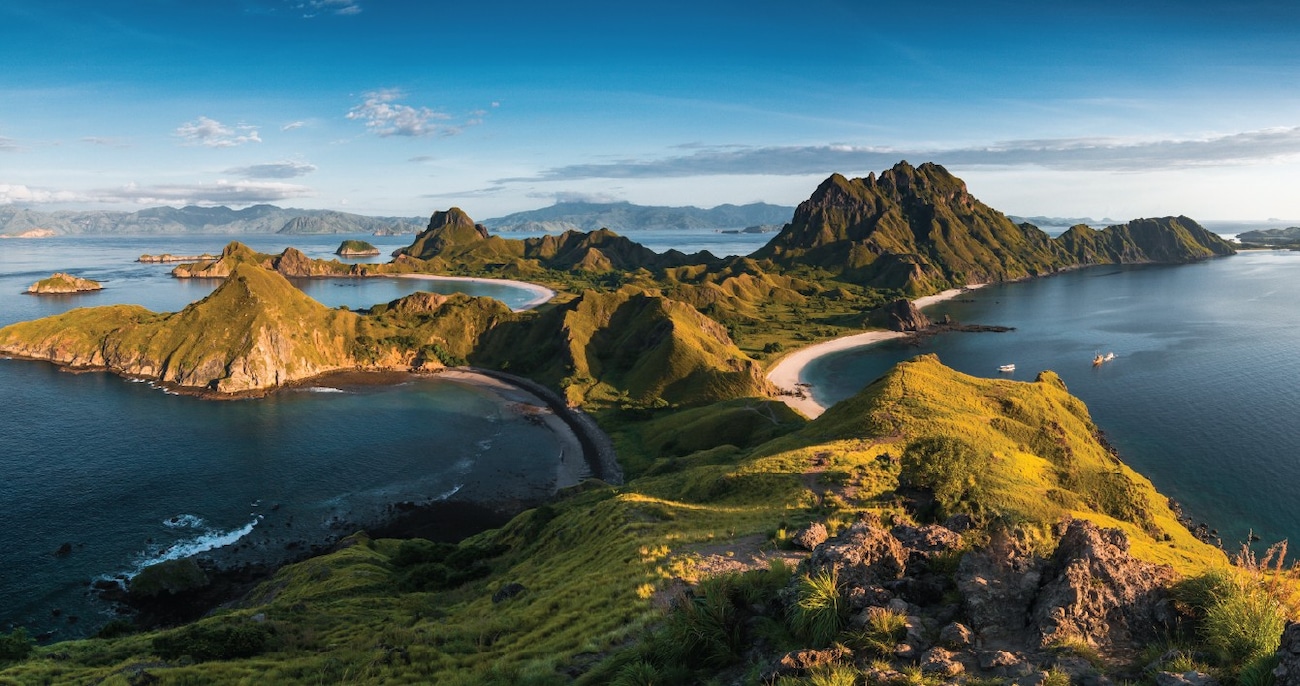


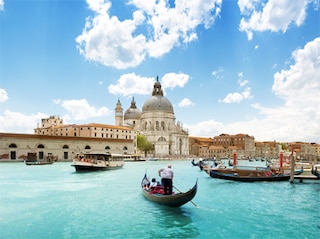
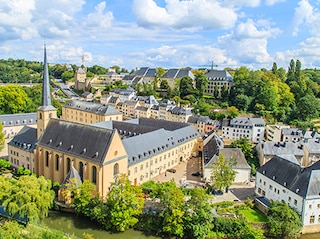
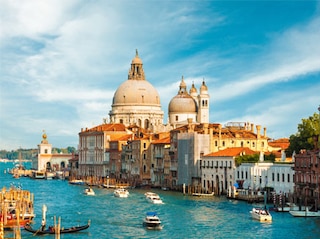


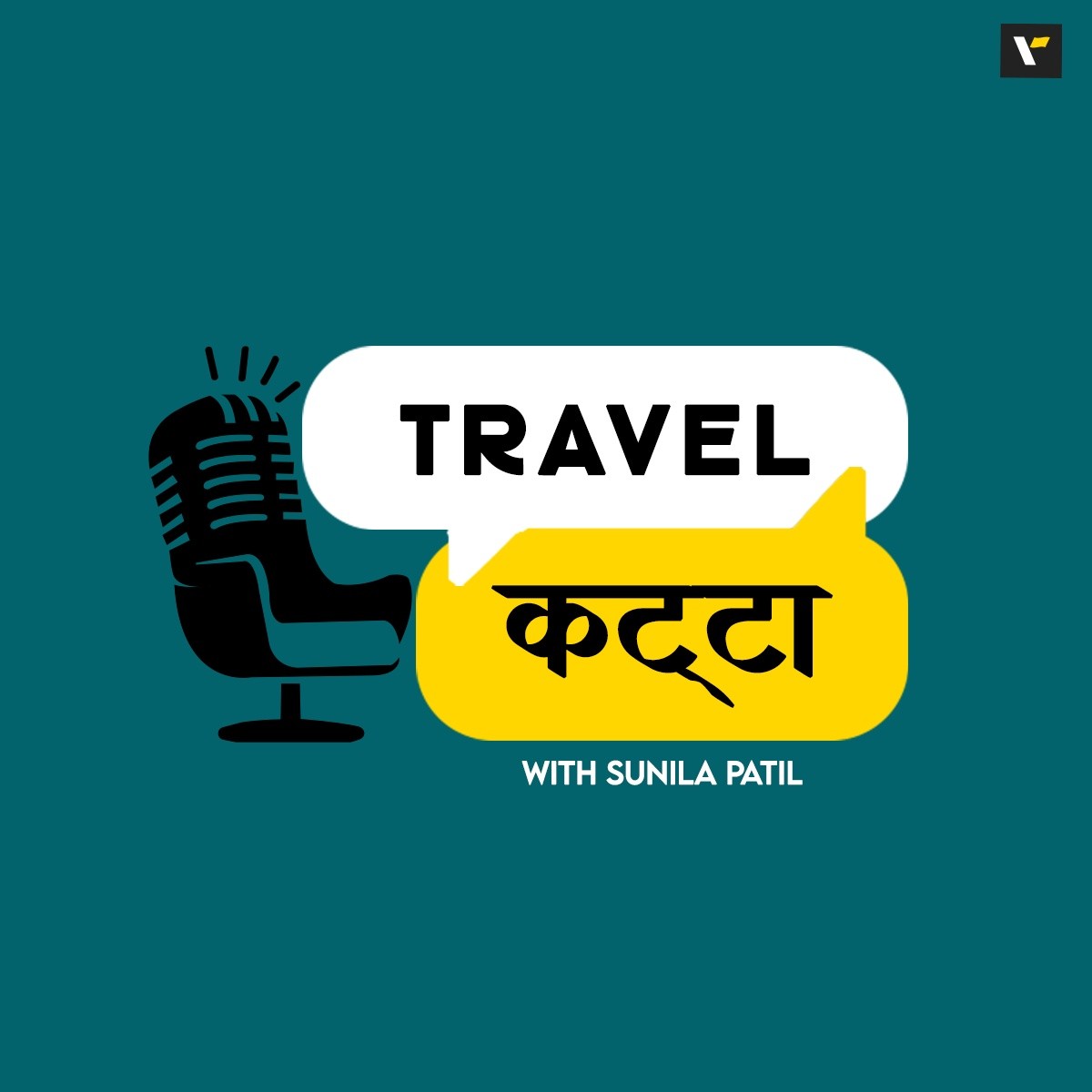
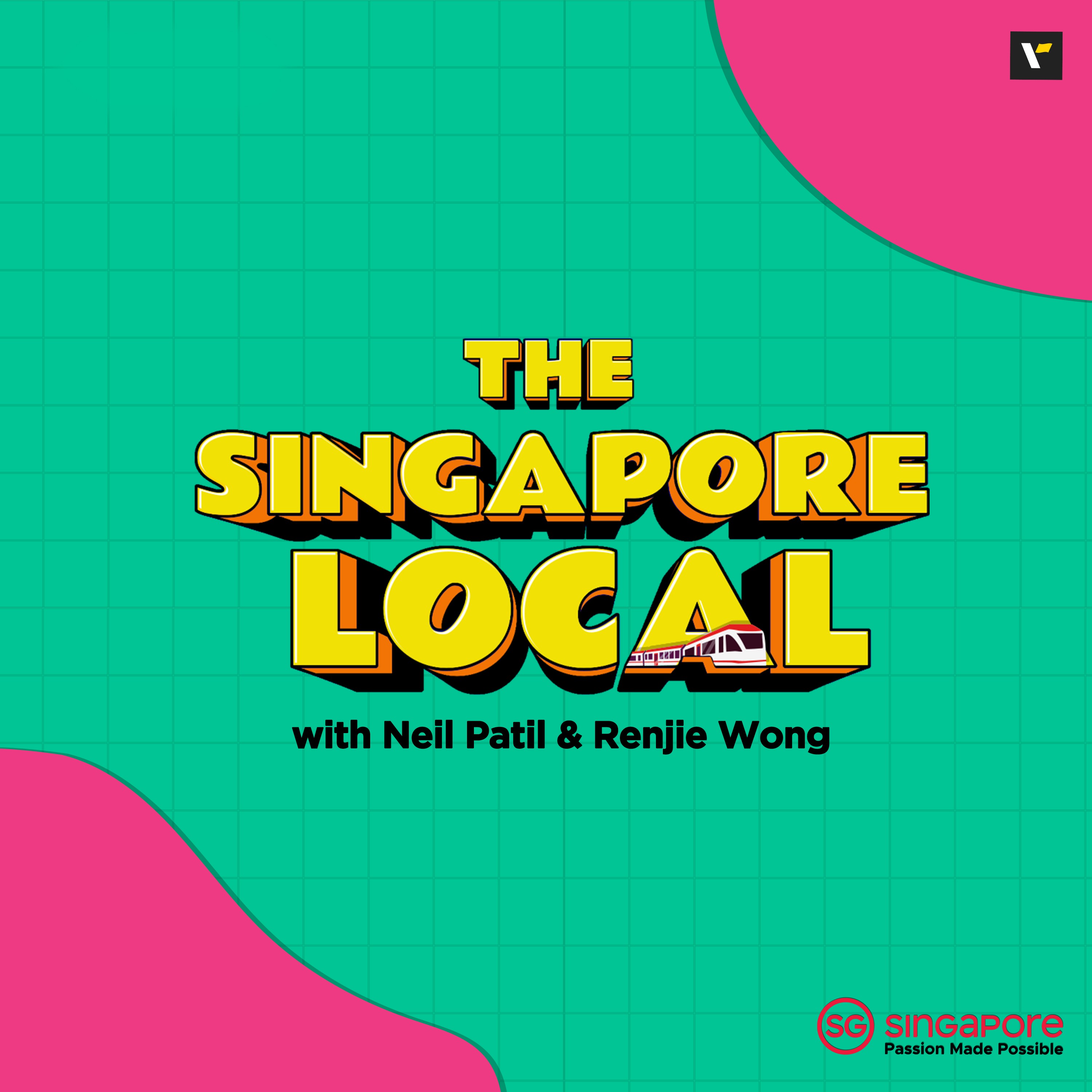
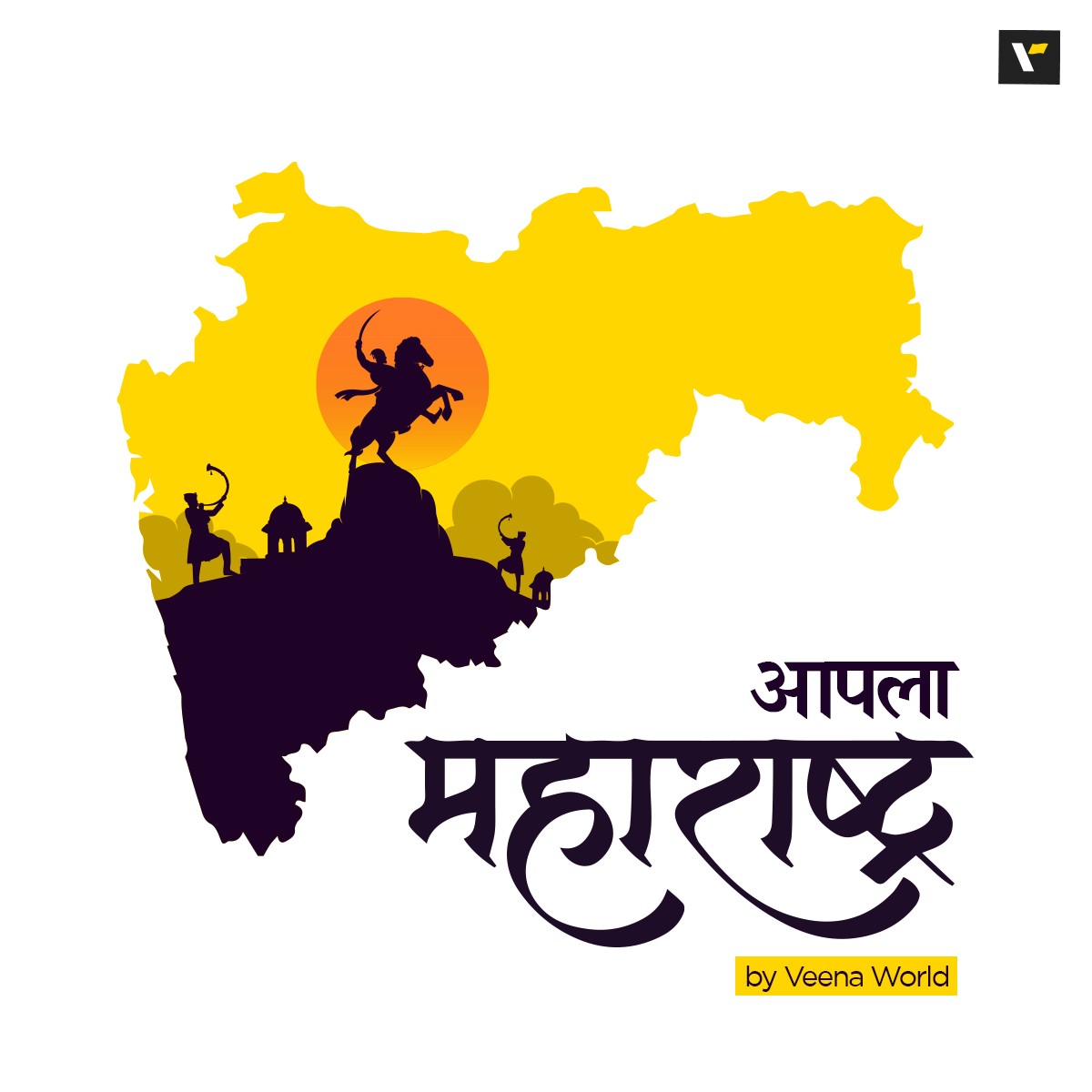





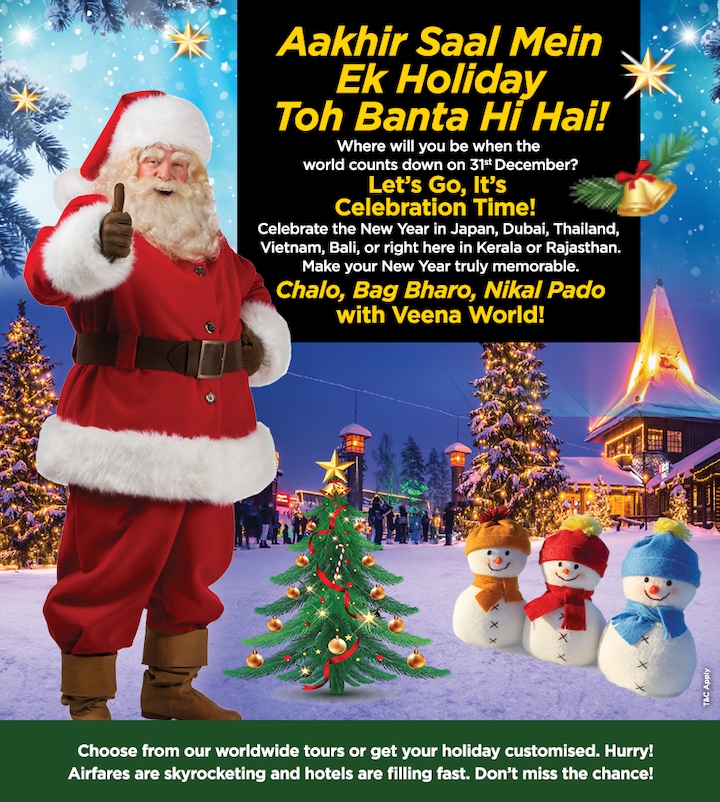



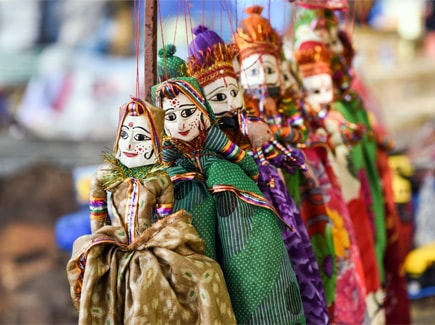
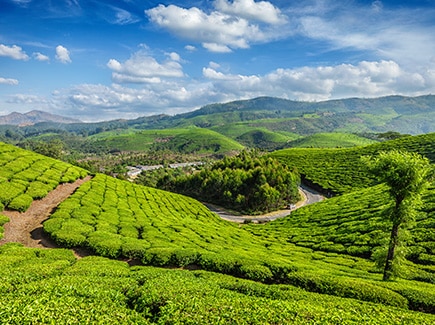
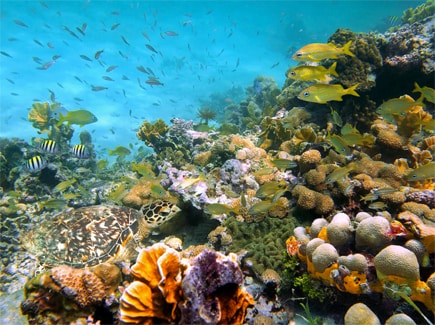
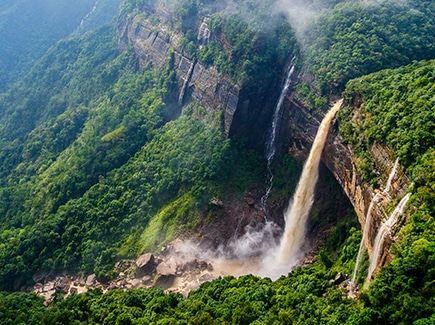

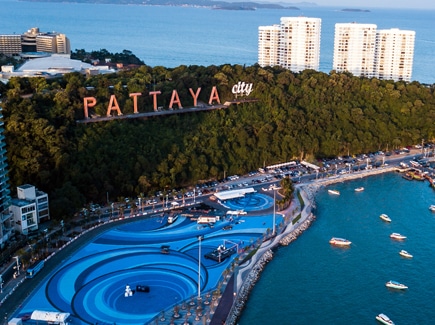

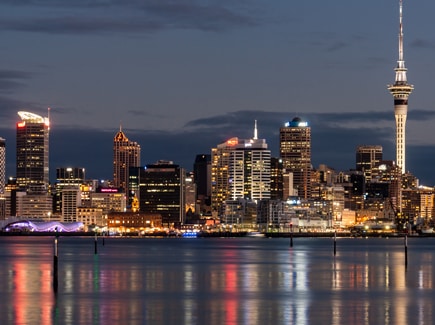


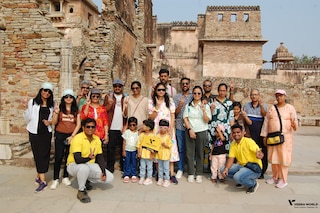
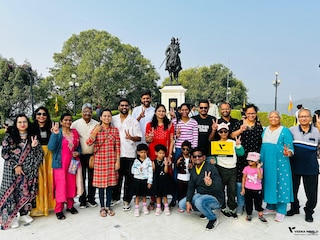
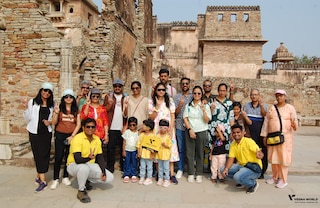
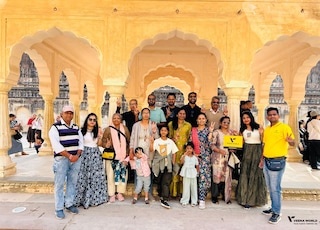
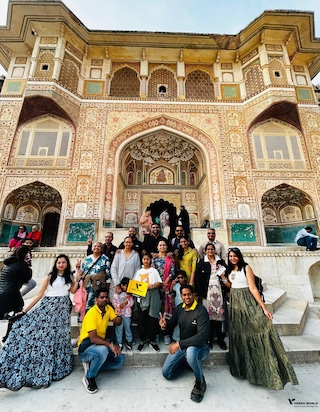


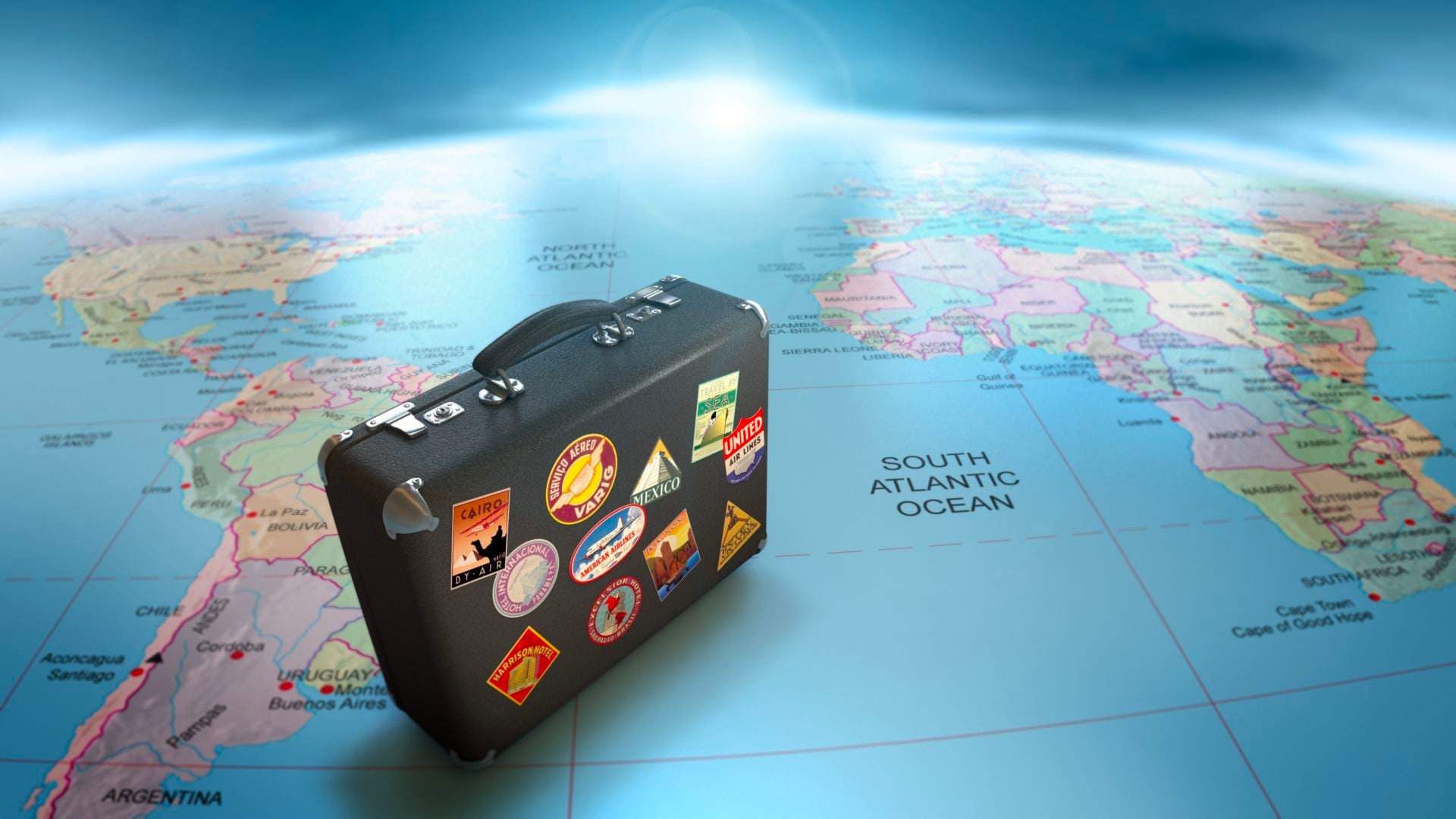

Post your Comment
Please let us know your thoughts on this story by leaving a comment.